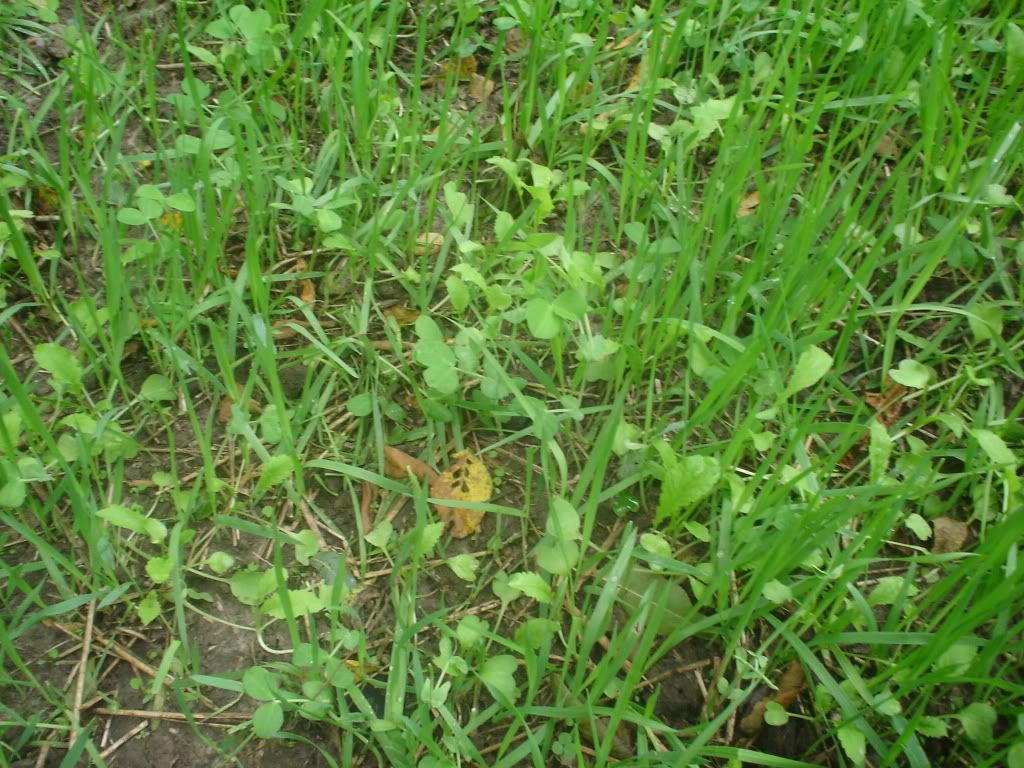Thanks for the pictures and post! :way:
I have a good friend who owned a farm near mine and of course we share habitat information and observations on a regular basis and he would comment about deer using his standing soybeans, turnips and clover but tell me the rye mix he didn't feel was getting much attention. I in turn would say "gee...mine are getting hammered so what's going on over there??"
My friend sold his farm and the new owner asked me to take over the habitat management, something I was eager to do in part to see if I would find different results then my friend had?? We have a ways to go and with no rain this summer I was challenged to grow ANYTHING let alone put into play the crop rotations that I normally employ. In late August I tilled up everything including the brassica strips that never germinated and planted all of the plots to the one crop mix I can always count on...winter rye/oats/winter peas/forage radish and red clover and my son and I finished cultipacking the last plot when God blessed us with 2" of rain!
So there are some interesting observations that I have been able to make now, some comparisons and using cams on field scan mode I can have "eyes" on these plots 24-7 rather then just when someone happens to be hunting or some such.
One observation is that the brassica seed that laid there for 2 months with no rain to germinate it and then was disced under with a heavy 16' disc....all came up when we got rain!! I would have thought that the disc would have buried it too deep??
Since people often want to mix brassicas with cereals in the fall...this is a good opportunity to show how little growth they get compared to mid summer brassica plantings.
The Groundhog forage radish is an exception because it grows extremely fast in 30 days and can indeed provide an excellent draw during hunting season.
The peas tend to be more attractive a little later on which work well because it gives them a chance to grow
The rye and oats however are getting hammered...in every field on every farm so I am unsure why my friend felt he observed something different but there are many many variables that can effect what we see and what actually is going on.
The other interesting observation is that there are large fields of wheat stubble, full of volunteer wheat that sprouted with the same 3" rain, right adjacent to several of the rye combination plots. Those fields were not-till planted to soybeans in early July but failed to grow more then 4-6" high thanks to the drought...yet the deer are focusing solely on the rye combination plots
You can see that the wheat is young and tender, same height as the rye and oats...yet untouched
All of that being said...the only thing that matter is if deer are using this plots on a daily basis and that's where the field scan cams come in handy!
I would also mention here that there are thousands of acres of both standing and freshly harvested corn and soybeans surrounding this farm so these deer do have choices
Note the Egyptian Wheat screens and hidden centralized feeding areas....that along makes a huge difference!
So if we plant one crop in a hidden area that is well screened and another in a wide open field far away from bedding cover...we are going to see a difference in use
































































